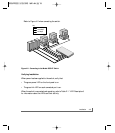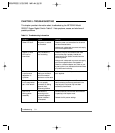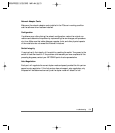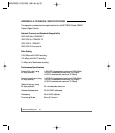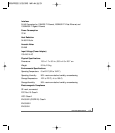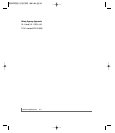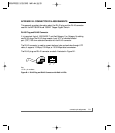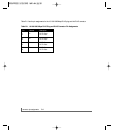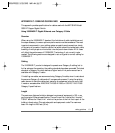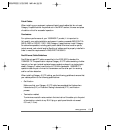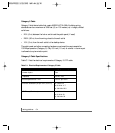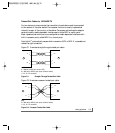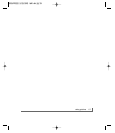
cabling guidelines C-3
Patch Cables
When installing your equipment, replace old patch panel cables that do not meet
Category 5e specifications. As pointed out in the NEXT section, this near end piece
of cable is critical for successful operation.
Conclusions
For optimum performance of your 1000BASE-T product, it is important to
fully qualify your cable installation and ensure it meets or exceeds ANSI/EIA/TIA-
568-A:1995 or ISO/IEC 11801:1995 Category 5 specifications. Install Category
5e cable where possible, including patch panel cables. Minimize transition points,
jacket removal, and untwist lengths. Bundling of cables must be properly installed in
order to meet the requirements in ANSI/EIA/TIA-568A-3.
Fast Ethernet Cable Guidelines
Fast Ethernet uses UTP cable, as specified in the IEEE 802.3u standard for
100BASE-TX.The specification requires Category 5 UTP cable consisting of either
two-pair or four-pair twisted insulated copper conductors bound in a single plastic
sheath. Category 5 cable is certified up to 100 MHz bandwidth. 100BASE-TX
operation uses one pair of wires for transmission and the other pair for receiving
and for collision detection.
When installing Category 5 UTP cabling, use the following guidelines to ensure that
your cables perform to the following specifications:
• Certification
Make sure that your Category 5 UTP cable has completed the Underwriters
Laboratories (UL) or Electronic Testing Laboratories (ETL) certification
process.
• Termination method
To minimize cross-talk noise, maintain the twist ratio of the cable up to the point
of termination; untwist at any RJ-45 plug or patch panel should not exceed
0.5 inch (1.5 cm).



